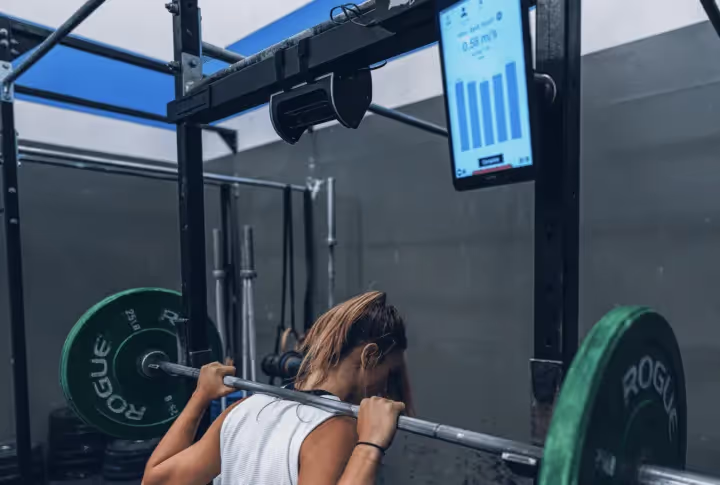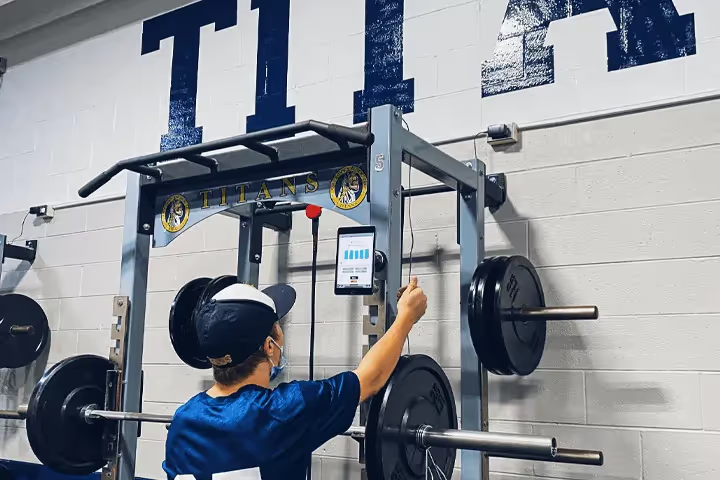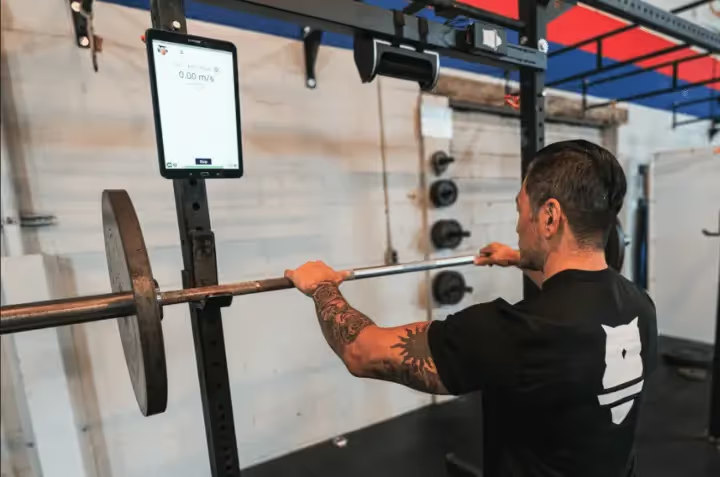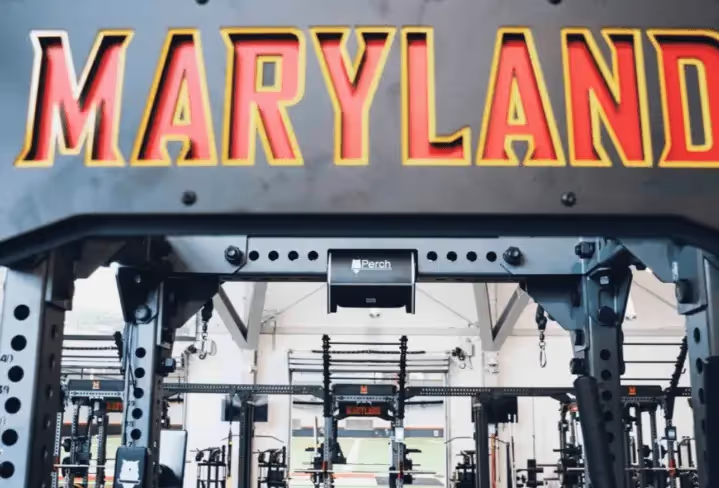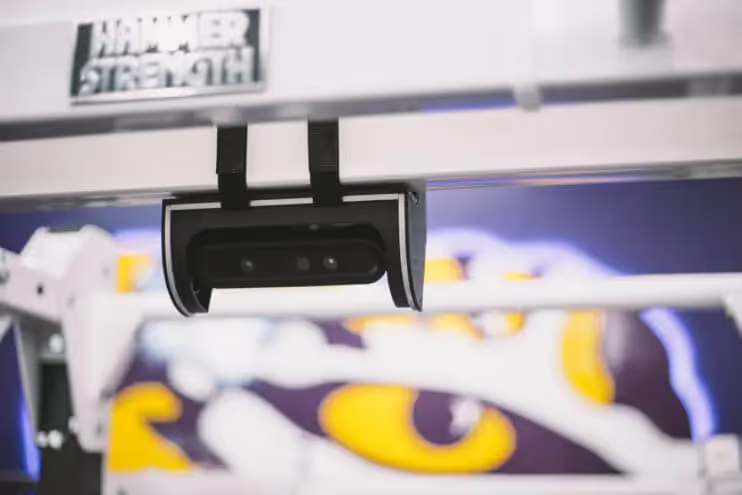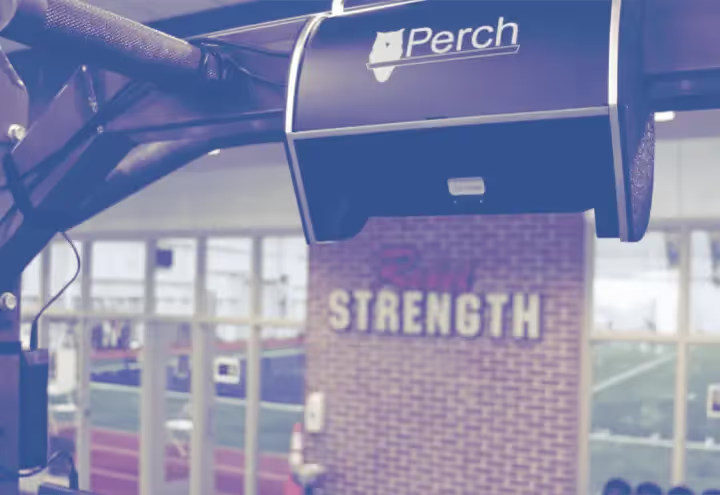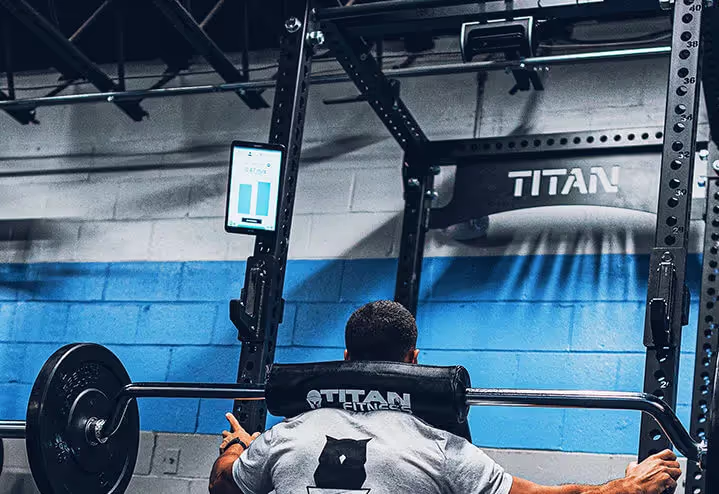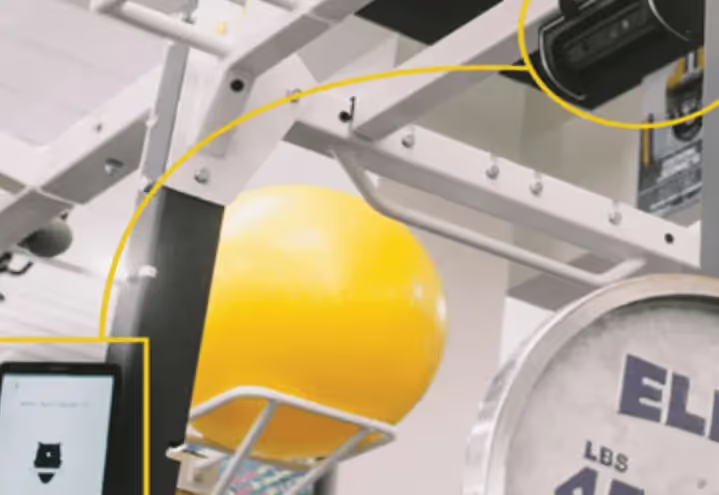Max Strength and VBT

Velocity Based Training can be a confusing name. We have also heard it called Velocity Based Resistance Training [3] which explains it just a touch more. Ultimately, it simply means the resistance training is based on the velocity, or speed, of the implement moved, rather than a percentage of a repetition maximum (RM). If you’ve been reading this blog regularly, this is not news to you, so how can velocity be used to find max strength? We wanted to touch again on some definitions at the start of this post, because what VBT is, is just as important as what it is not.
Velocity Based Training is not moving the implement as fast as possible at all times. It is moving the implement with as much intent or effort as possible at all times. VBT is not exclusively moving submaximal loads at maximal speeds. It is optimizing bar speed at varying loads based on specific traits and desired adaptations. VBT is not just velocity-based. It is intent-based [12].

WHEN AND WHY
With this in mind, let’s talk about when and why you would want to use velocity. The zones (below) are helpful starting points. Numerous researchers have discovered that submaximal loads can be used to improve maximal strength and power outputs provided they are performed within the velocity zones for the desired adaptation to take place [4-9]. With the risk of injury or overtraining happening the closer an individual gets to a maximal load, performing less than 100% of a predicted RM is a safer way to train [1,2]. That said, an individual can still train for maximal or absolute strength and use velocity as the indicative metric for the desired trait.
![Velocity traits and zones on a continuum, adapted from Bryan Mann’s book [13].](https://cdn.prod.website-files.com/662aafb2bbfc6e8c07df7082/664f34c52716ba8255c30ef0_63caae09daacd29b158133fe_v-zones.png)
MAX STRENGTH AND VBT
As VBT is a slight misnomer in and of itself; an inaccurate assumption would be that velocity isn’t a useful metric when training for max strength. On the contrary, it can still be used and be used as a tool to enhance precision when training for any trait, max strength included [3,5,7]. In previous posts [LINK] we have mentioned that an individual’s 1RM can fluctuate by up to 18% in either direction on any given day [10,11]. This fluctuation can be corrected for when using a velocity zone: numbers don’t lie. To elaborate: the velocity output will reflect the training status of the individual. Stressed? The velocity output will reflect it. Well-rested? The velocity output will reflect that too. The closer an individual gets to their 1RM, the greater risk for injury [1,2]. Wouldn’t it benefit everyone involved if nearing the “danger zone” was approached with more accuracy? In this way, the risk of injury is reduced while the potential reward is maximized.
Velocity based training, therefore, shouldn’t exclusively be used when training for speed, it can and perhaps should be used at all times in order to continually assess athletes and minimize risk of injury while maximizing intent and potential adaptation due to increased specificity of velocity zones as opposed to percentages [12].
MINIMUM VELOCITY THRESHOLD
Another important thing to keep in mind when operating in the absolute strength velocity zone is what your minimal velocity threshold (MVT) is. This can be guessed or based on recommendations. We suggest performing a load/velocity profile (outlined below) and plotting the points in order to give you an estimated 1RM and what the estimated MVT is for that RM and the individual. Take a look at the protocol and sample graph below for a better idea of what we’re talking about here:
![Protocol and subsequent hypothetical graph adapted from Gonzalez-Badillo (2017)[3].](https://cdn.prod.website-files.com/662aafb2bbfc6e8c07df7082/664f34c52716ba8255c30ee8_63c91787b67dca5f143af6bb_loadvelocity.jpeg)
The Minimal Velocity Threshold will allow you to understand how slow is, in fact, too slow and thus at what point the lifter should be cut off from continuing to lift. Again, this ensures the lifter has reached what we’ll call their safest-slowest-speed and is minimizing risk of injury while simultaneously maximizing load lifted. When the lifter moves the load slower than their estimated MVT, you can assume it is time to rack the weight [9].
WRAP UP
Velocity outputs will not only reflect their absolute strength (or any desired trait), but will help you continually assess your athletes and ultimately enhance their ability to improve. Velocity based training doesn’t have to mean move the fastest always, it is the optimization of bar speed performed within velocity zones selected to improve specific traits. You can still move a bar slowly, but with maximal intent and effort, and your performance on each rep will be reflected in the velocity output.
CONCLUSION
Hopefully this post helped clarify any misunderstandings of VBT and when it can be used (always). Additionally, hopefully it provided some food for thought for creating load/velocity profiles for your athletes, MVT for each athlete and lift, and a greater understanding of max strength and VBT.
OTHER RELEVANT POSTS!
Want to learn more about VBT? Check out our VBT Dictionary!
Curious about how different populations can utilize VBT? Check out our VBT for specific populations series!
Curious about the Coach’s perspective on VBT? Check out our Coach’s Corner series!
FOLLOW US!
Keep checking back for more velocity based training content, tips, tricks, and tools. And don’t forget to follow us on Twitter , Instagram and Linkedin and like us on Facebook .
SOURCES
- Braith, R. W., Graves, J. E., Leggett, S. H., & Pollock, M. L. (1993). Effect of training on the relationship between maximal and submaximal strength. Medicine and Science in Sports and Exercise.
- Dohoney, P., Chromiak, J. A., Lemire, D., Abadie, B. R., & Kovacs, C. (2002). Prediction of one repetition maximum (1-RM) strength from a 4-6 RM and a7-10 RM submaximal strength test in healthy young adult males. Journal of Exercise Physiology Online.
- González Badillo, J. (2017). Fundamentals of velocity-based resistance training (1st ed.). Murcia: Ergottech.
- Gonzalez-Badillo, J.; Sanchez-Medina, L. Movement velocity as a measure of loading intensity in resistance training. Int. J. Sports Med. 2010, 31, 347–352.
- Jidovtseff, B.; Harris, N.; Crielaard, J.; Cronin, J. Using the load-velocity relationship for 1rm prediction. J. Strength Cond. Res. 2011, 25, 267–270.
- Jovanovich, M.; Flanagan, E. Research application of velocity based strength training. J. Aust. Strength Cond. 2014, 22, 58–69.
- Mann, B., Kazadi, K., Pirrung, E., & Jensen, J. (2016). Developing explosive athletes: Use of velocity based training in athletes. Muskegon Heights, MI: Ultimate Athlete Concepts.
- National Strength & Conditioning Association (U.S.). (2016). Essentials of strength training and conditioning (Fourth ed.) (G. Haff & N. Triplett, Eds.). Champaign, IL: Human Kinetics.
- Lake, J., Naworynsky, D., Duncan, F., Jackson, M., Comparison of Different Minimal Velocity Thresholds to Establish Deadlift One Repetition Maximum. (2017). Sports, 5(3), 70.
- Martinez, D. B., & Kennedy, C. (2016). Velocity-Based Training and Autoregulation Applied To “Squatting Every Day”: a Case Study. Journal of Australian Strength & Conditioning.
- Mann, J. B., Thyfault, J. P., Ivey, P. A., & Sayers, S. P. (2010). The effect of autoregulatory progressive resistance exercise vs. linear periodization on strength improvement in college athletes. Journal of Strength and Conditioning Research.
- Hirsch, S. M., & Frost, D. M. (2019). Considerations for Velocity-Based Training. Journal of Strength and Conditioning Research, (July).
- Mann, B., Kazadi, K., Pirrung, E., & Jensen, J. (2016). Developing explosive athletes: Use of velocity based training in athletes. Muskegon Heights, MI: Ultimate Athlete Concepts.

Start Gathering Data With Perch Today!
Reach out to us to speak with a representative and get started using Perch in your facility.

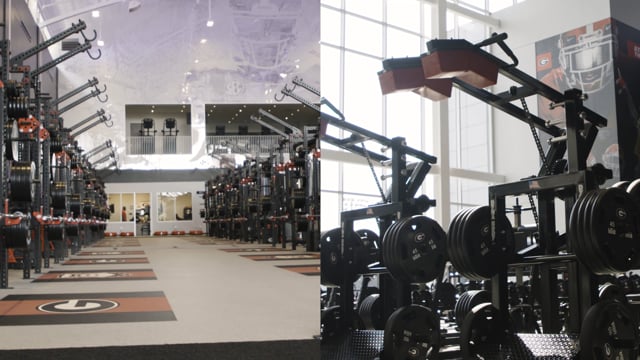
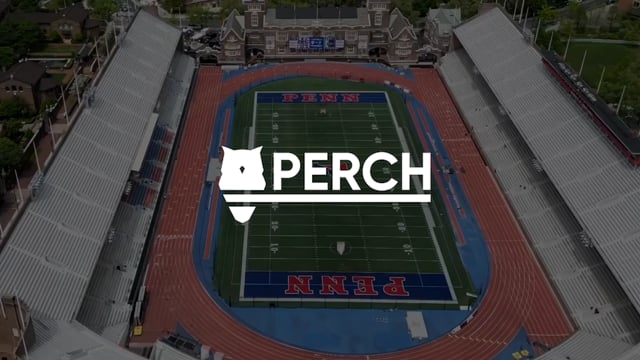


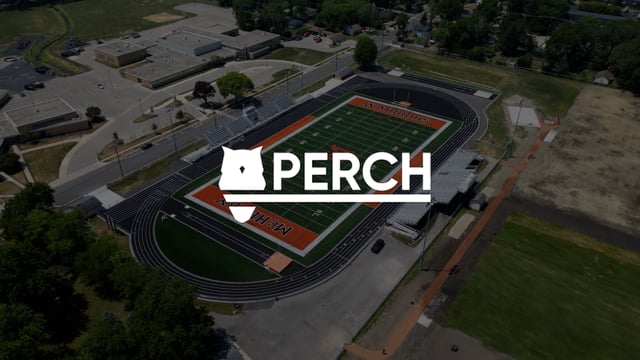
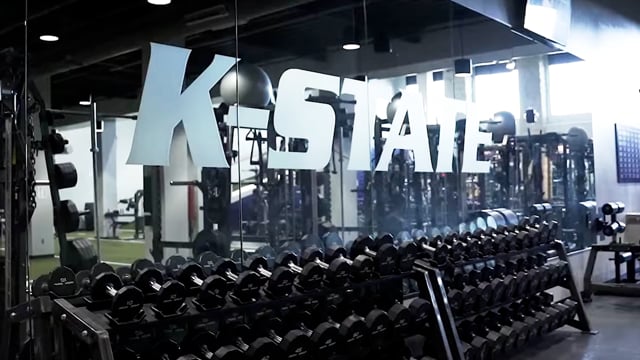


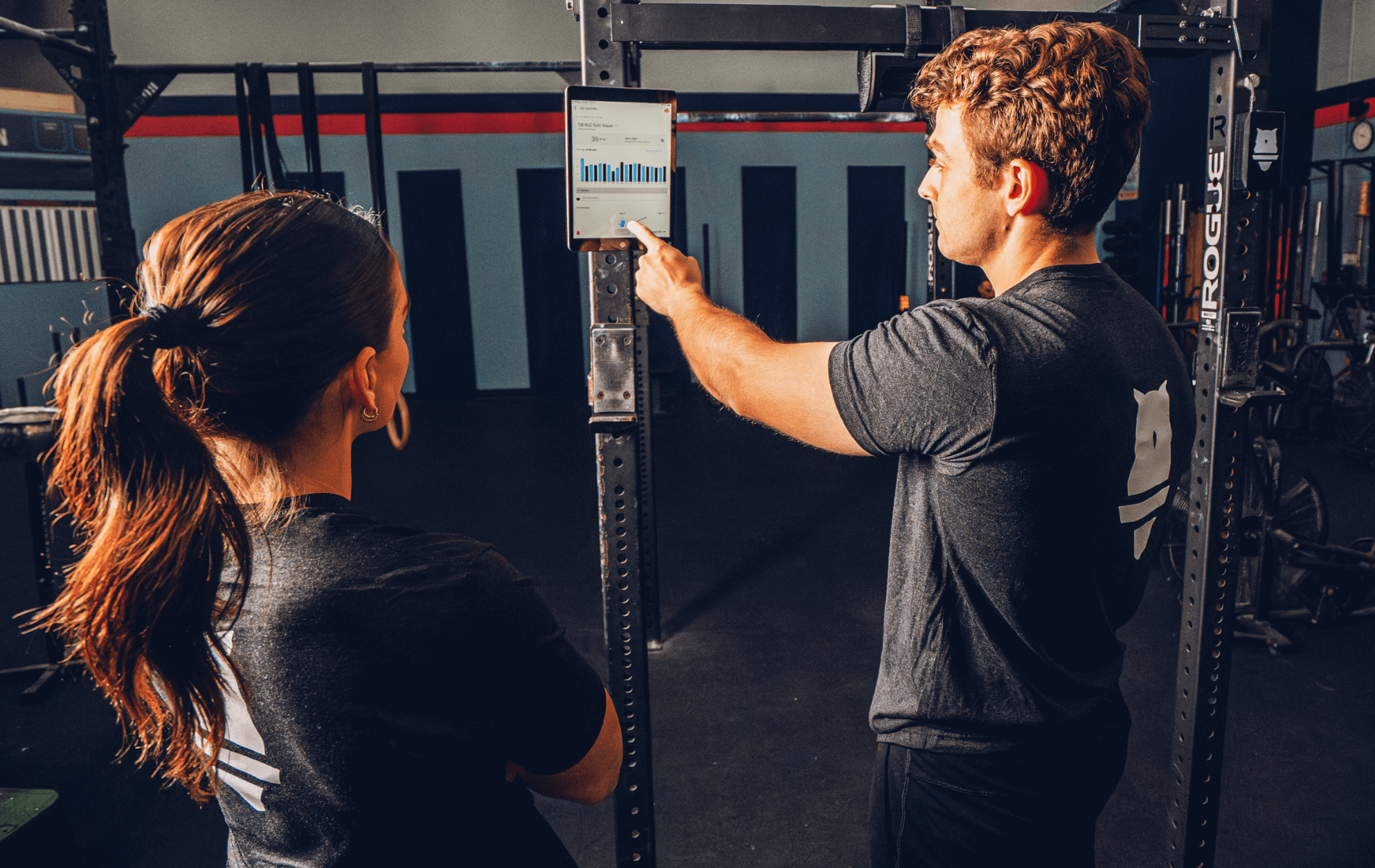
































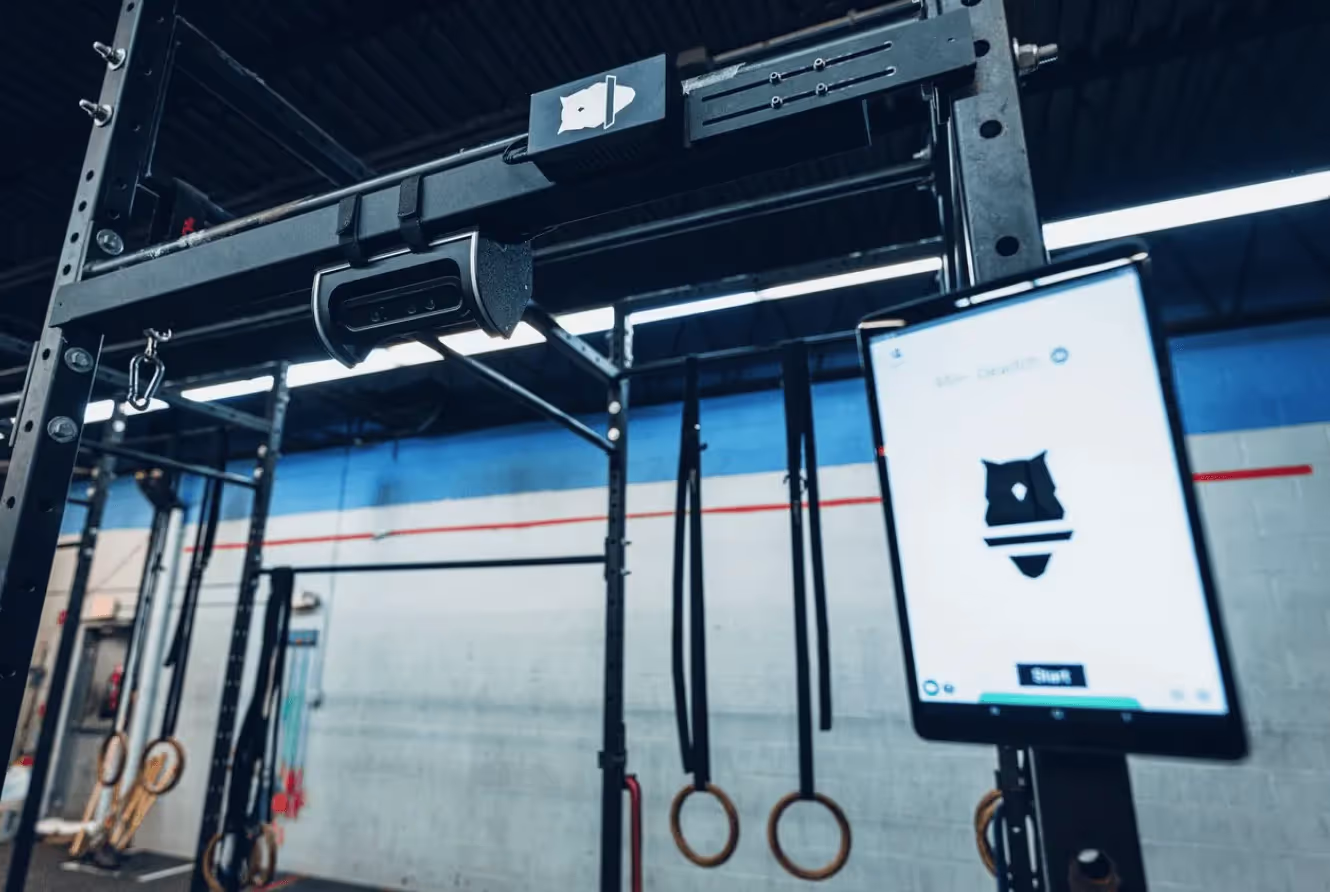
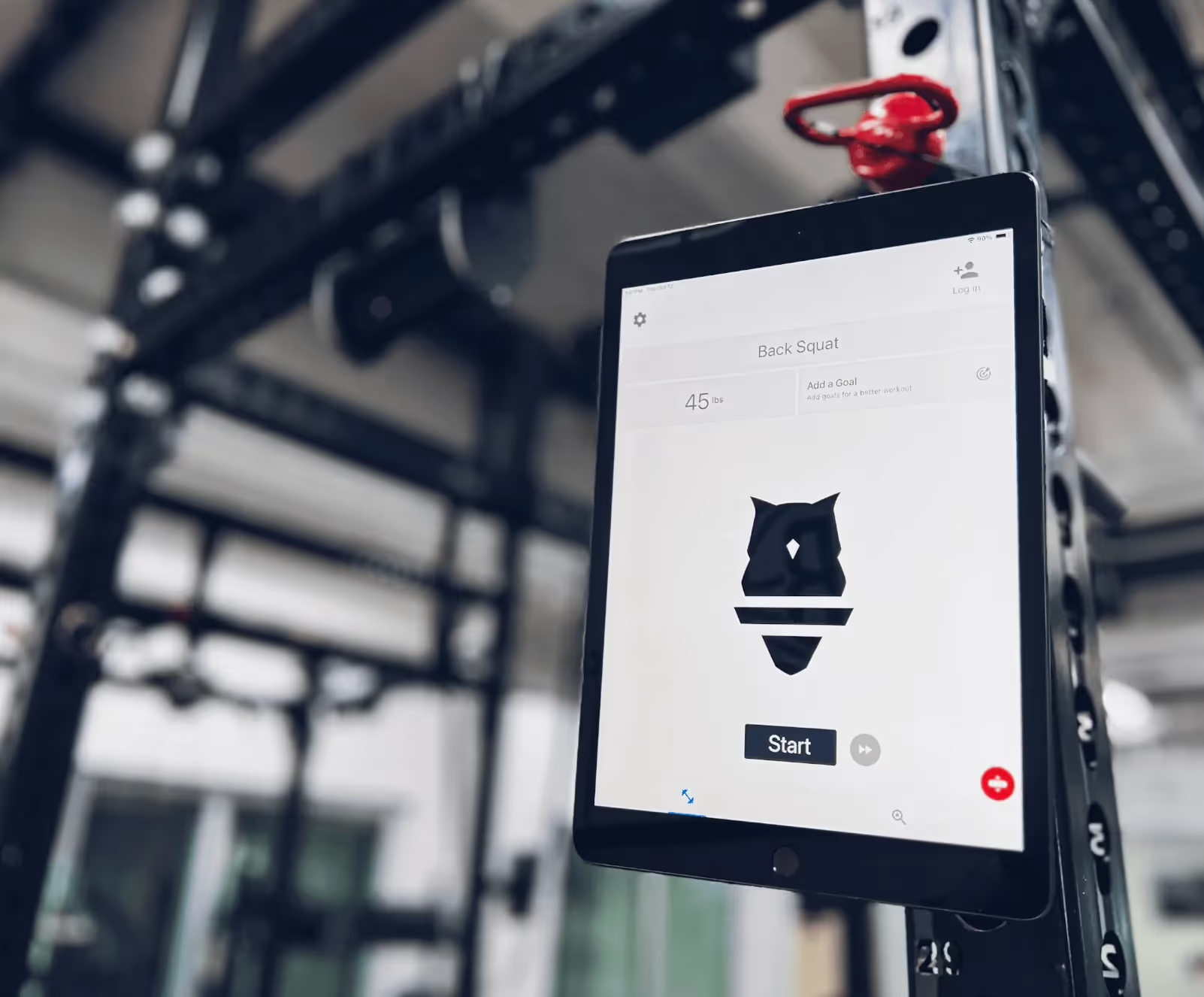



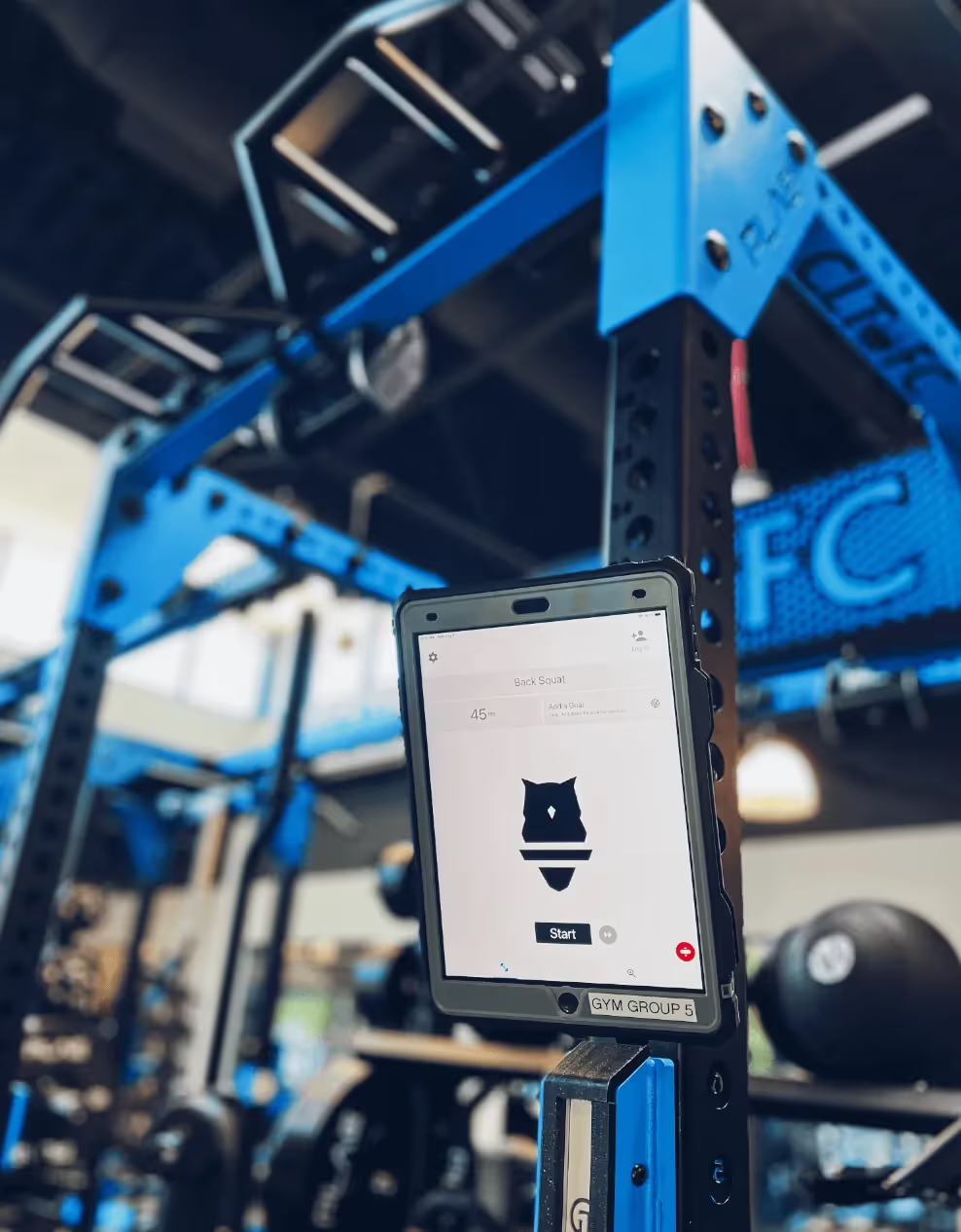
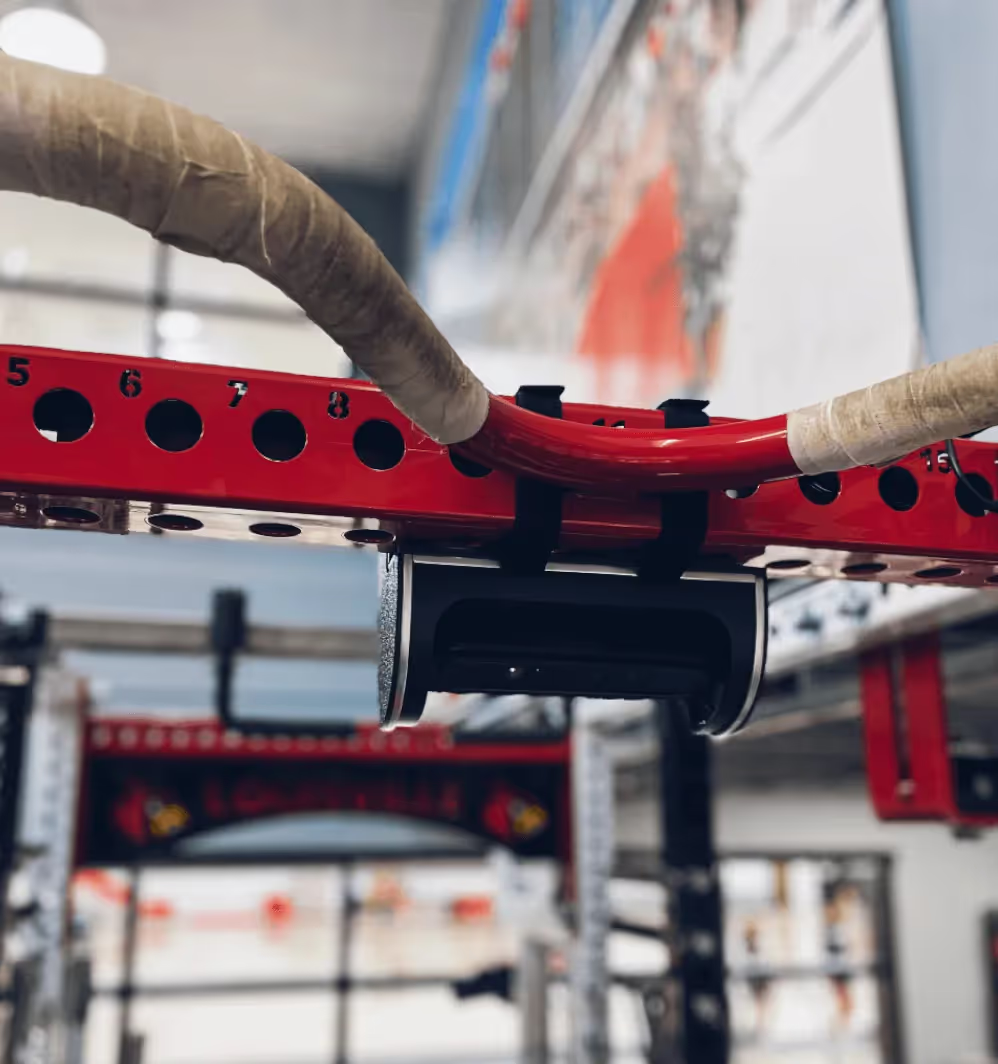









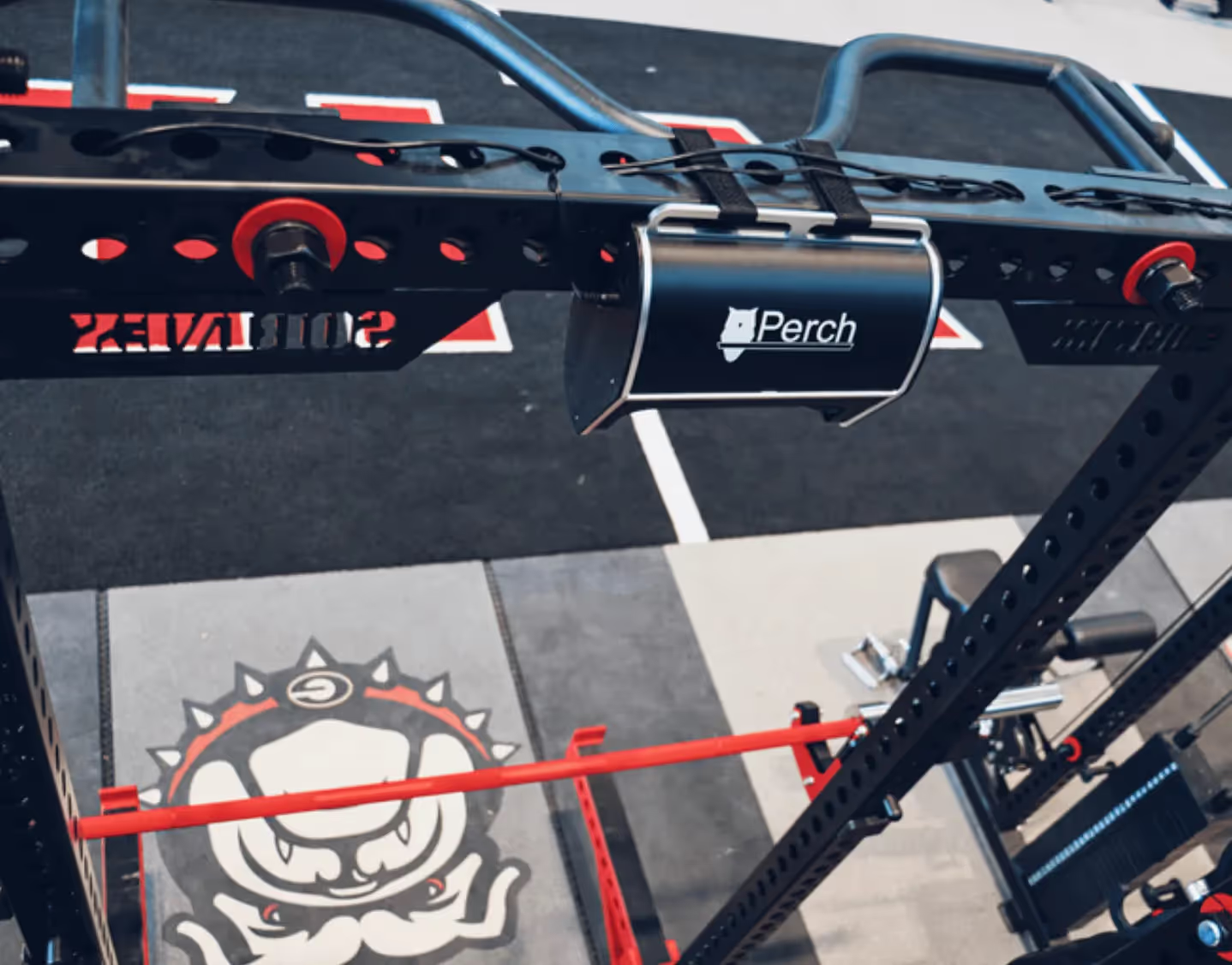


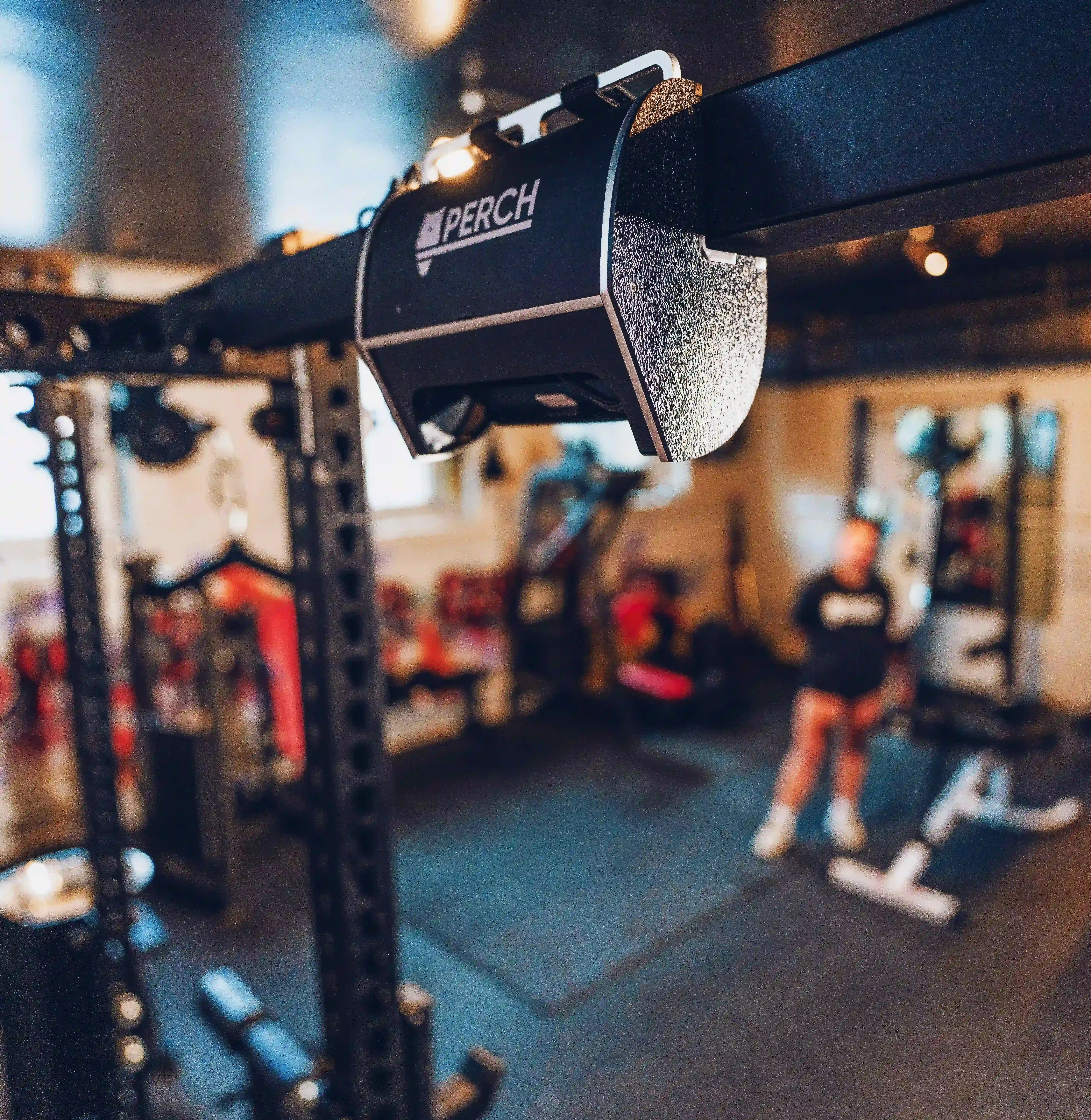


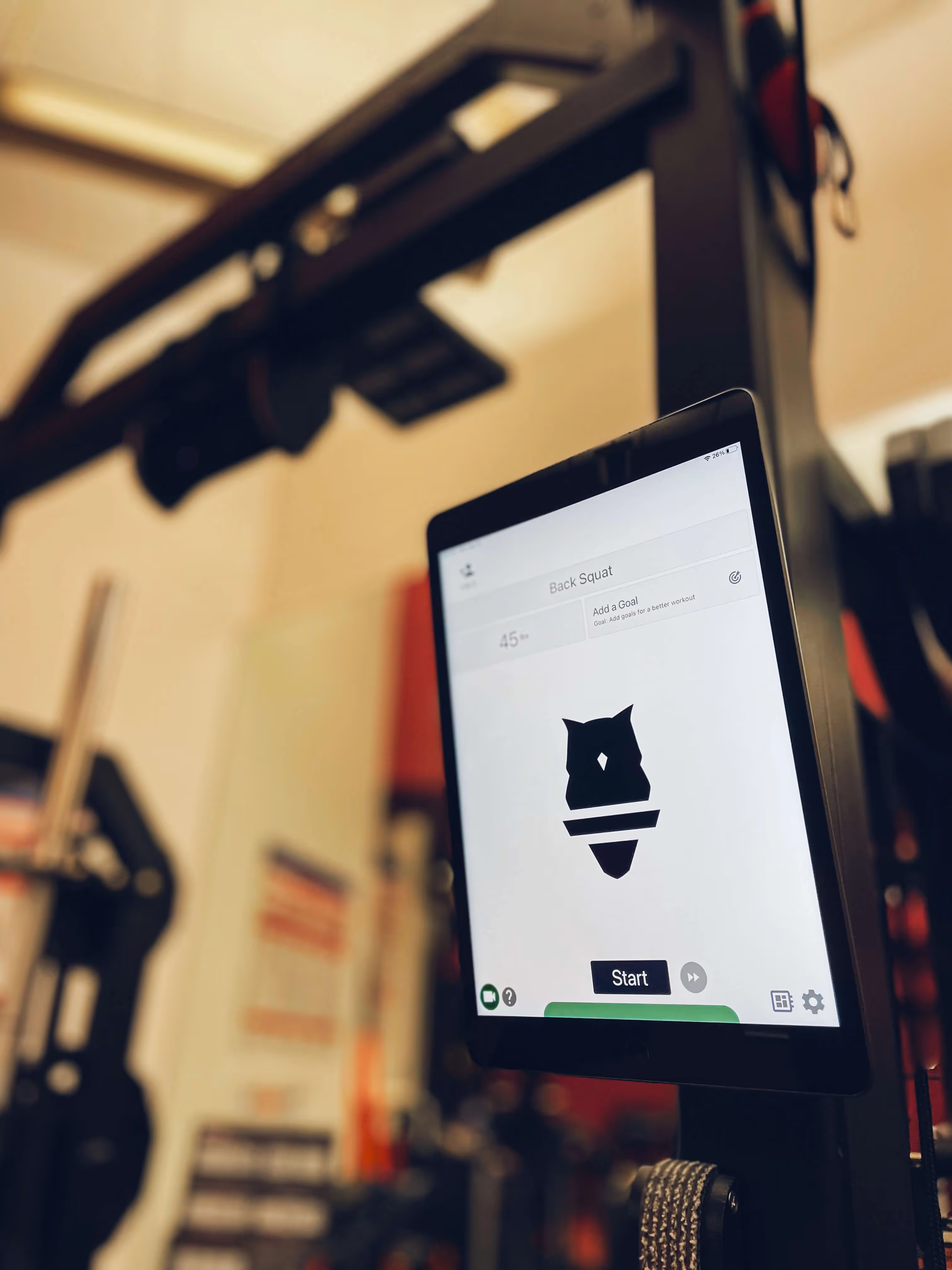

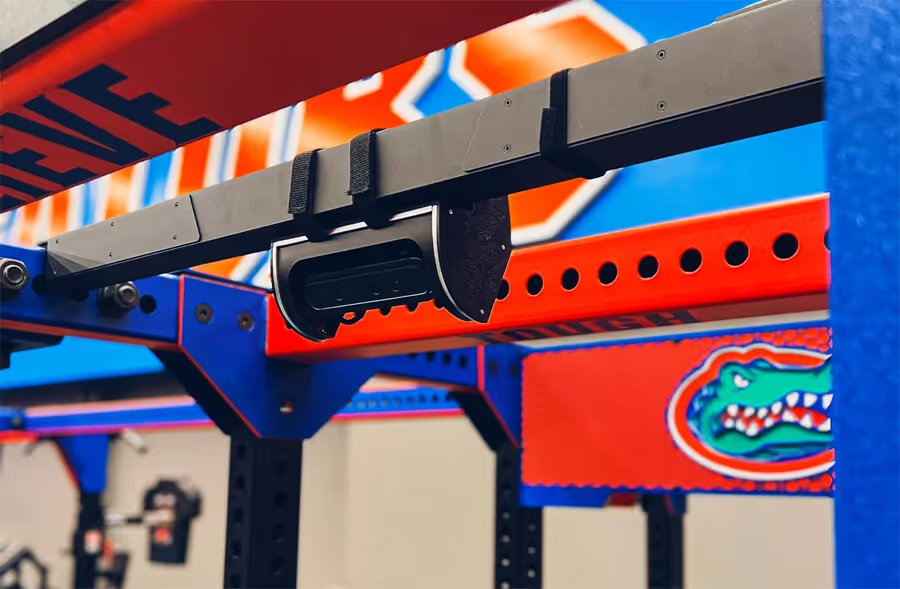
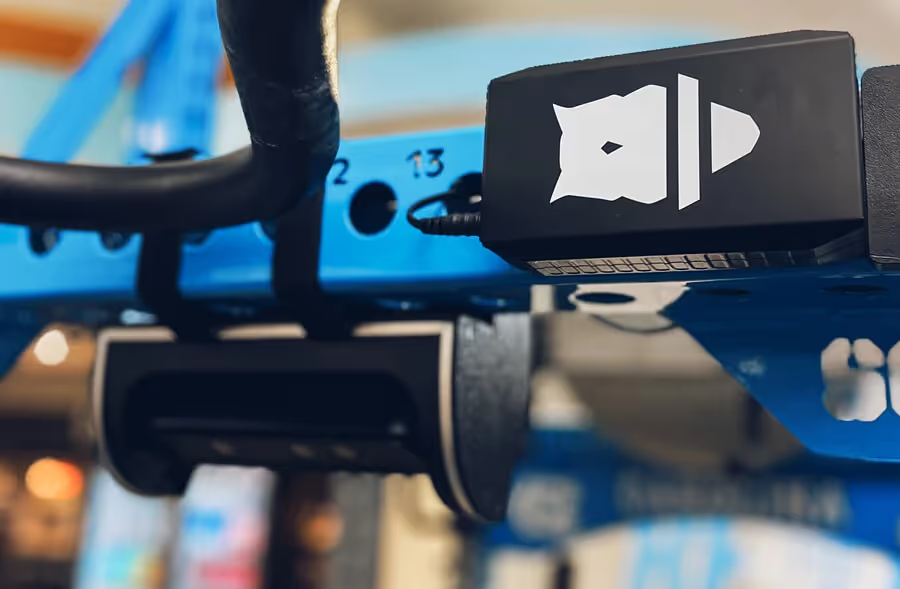

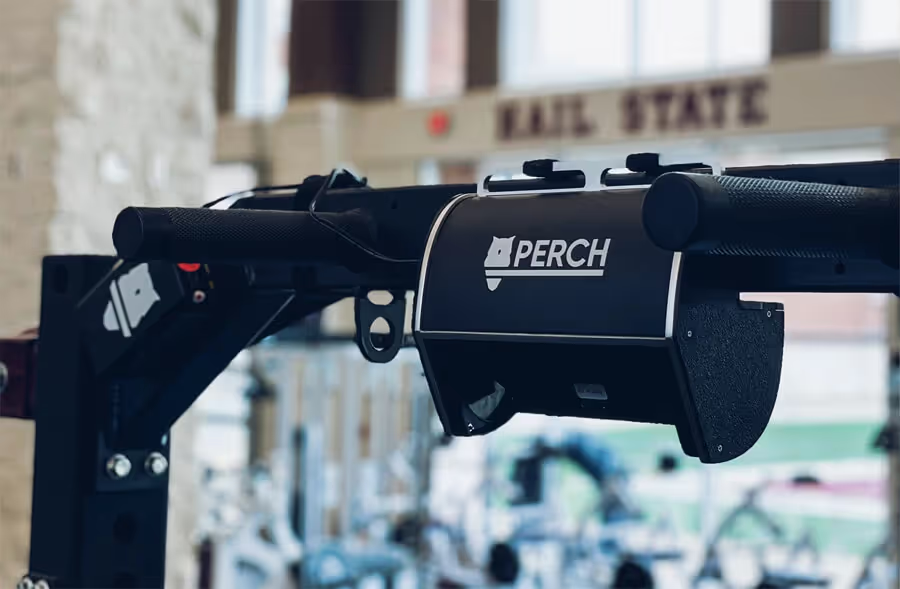



.avif)

